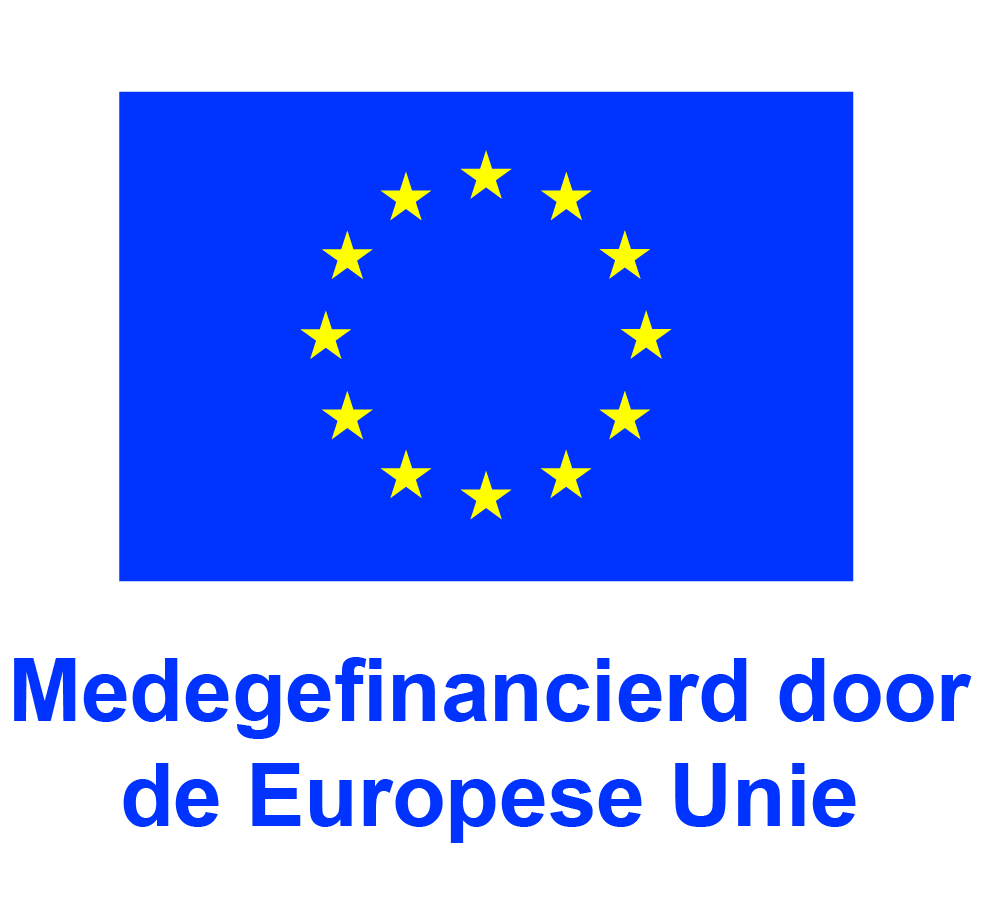The Municipality of The Hague aims to be climate neutral by 2030, as outlined in the EU Mission for 100 climate-neutral and smart cities. Developments to achieve this goal are well underway. However, the growth of locally generated renewable energy is placing pressure on the electricity grid, often making new connections impossible. This is slowing down the energy transition. To avoid costly grid expansions, the municipality is seeking innovative solutions for smart energy management. This helps to relieve the energy grid, create space for more renewable energy generation, and avoid major construction work.
To explore how energy networks can be made smarter, The Hague is working together with Stedin. In the Living Lab Scheveningen, a private low-voltage grid with a capacity of 1 megawatt has been established—enough to power approximately 1,000 households. This test environment provides space for innovative technologies and working methods. Municipal services such as the Scheveningen Port Operations Centre, The Hague Beach Stadium, and city events, as well as local businesses including beach pavilions The Shore, Aloha, and Hito, are among the first users.
The project demonstrates that smart energy networks can help absorb peaks in electricity consumption, for example by temporarily storing energy in batteries for use at a later time. The municipality is also exploring how a local energy cooperative functions, where a group of users jointly agree on how to share energy. The insights gained from this initiative contribute to better policymaking and strengthen the municipality’s role as co-owner of Stedin. The ultimate goal is an energy system that is reliable, affordable and sustainable, with minimal disruption.
The collaboration between Stedin and the municipality makes this use case feasible. The municipality invests in innovation because of its impact on quality of life and costs. European funding supports both the physical and digital infrastructure, including cables, fiber optics and an energy management platform with predictive models. Market parties operate the network, making the smart beach grid a joint effort involving many stakeholders working together to advance the energy transition.

Contact persons for this use case are: Bart van Velthoven (bart.vanvelthoven@denhaag.nl) and Ricardo de Roos (ricardo.deroos@denhaag.nl). For general information, please send an email to Living Lab Scheveningen at smartthehague@denhaag.nl.